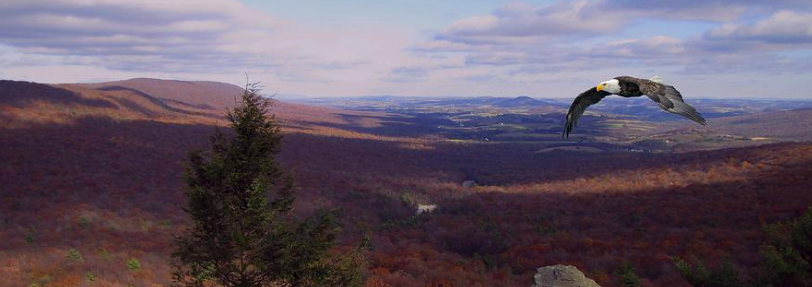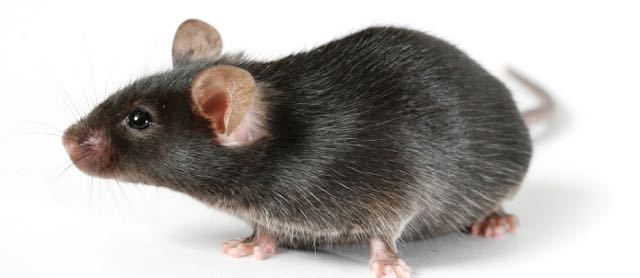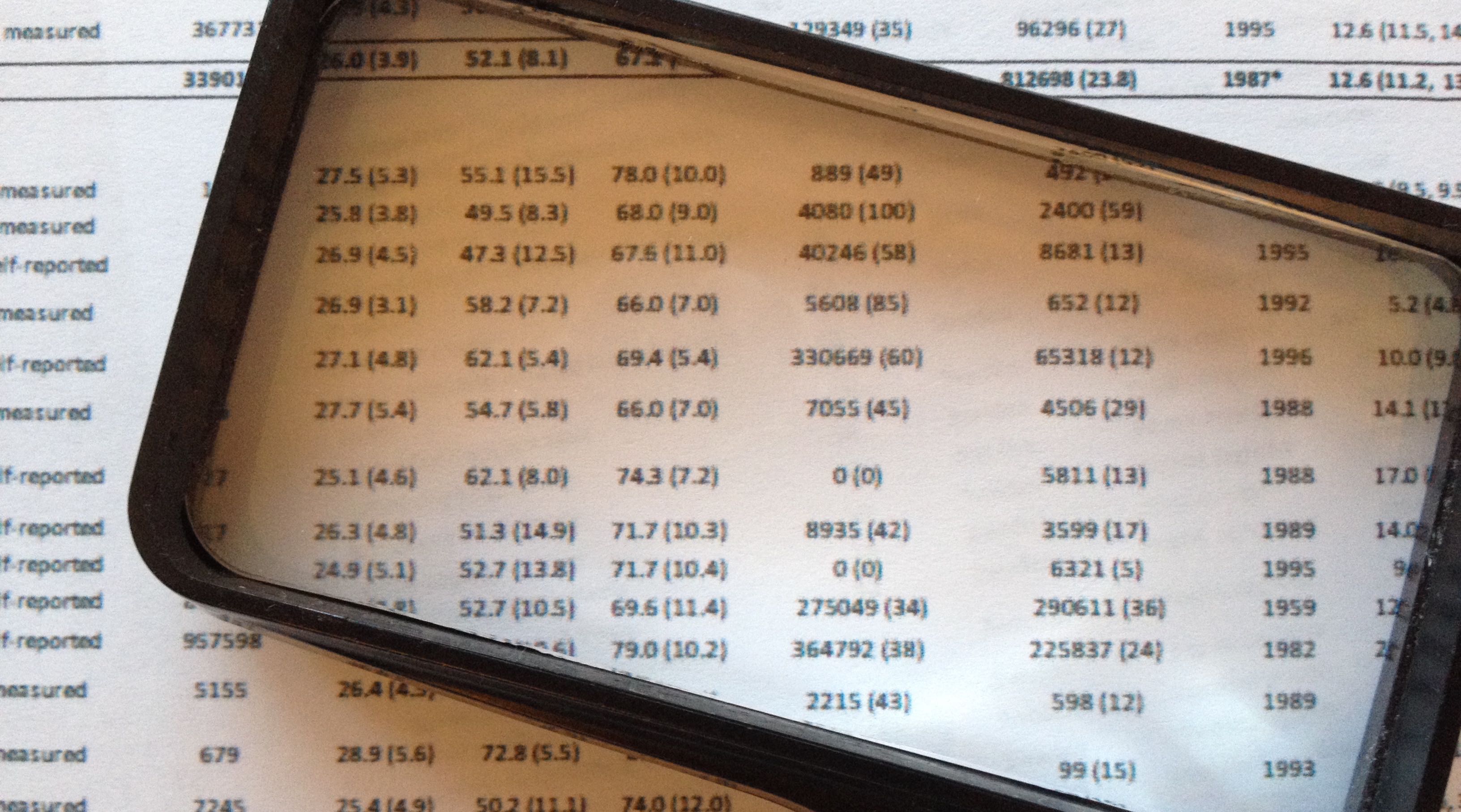(Bald Eagle and Hawk Mountain scenery. Image courtesy of David Dehner.)
Hawk Mountain, a picturesque site in southeastern Pennsylvania, is on the eastern slopes of the Appalachians. These mountains create an updraft that helps raptors, large birds of prey such as hawks and eagles, on their migratory flights between their northern summer habitats and their wintering sites in the southeast United States. They are also somewhat of a bottleneck, causing large numbers of raptors to converge in their flight paths and pass over Hawk Mountain.… Read the rest “Malaria: No Simple Solutions”










